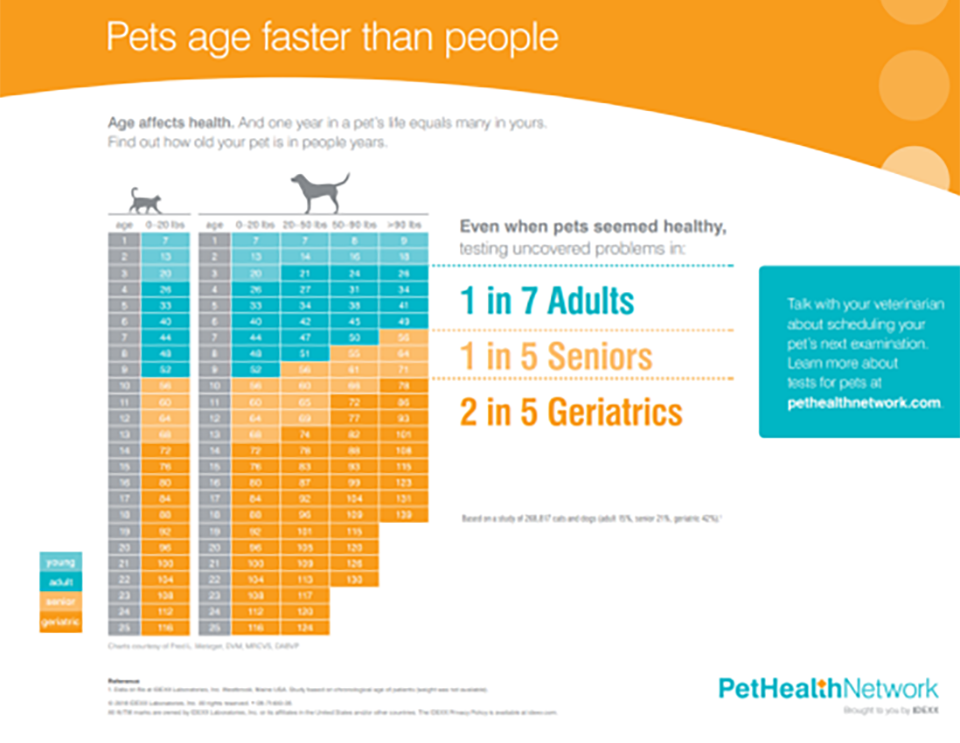How to Approach the Nutrition Conversation With Your Clients
March 15, 2022

Nutrition can be a touchy subject for some pet parents, as it has ties into something emotional – their pet! We know that good nutrition can increase the health and longevity of pets so how can we overcome the barriers that may stop us from having this important conversation? In this article Robin Saar RVT, VTS (Nutrition), Nutrition Education and Engagement Manager, provides tips and examples on how should vets approach the nutrition conversation with their clients.

Robin Saar RVT, VTS (Nutrition)
Nutrition Education
and Engagement Manager
Top 5 tips for approaching the conversation
Not sure how to start the conversation? Here are some tips:
- Take a deep breath! Sometimes we forget to breathe – well take a good deep breath. By taking 3-5 deep breaths you will release some great chemical de-stressors (endorphins).
- Smile! It sounds really easy, but when you are worried about having a conversation it may show on your face.
- Take a moment to collect what you want to say – have a bit of a game plan before going in. Are you comfortable with the topic? Do you have any supportive handouts or links to share? We don’t have to have all the answers and it’s ok to say that too!
- Stay Positive! You and the pet parent are on the same team – you both want what is best for the pet.
- Have some prepared introduction phases – Having some phrases that you use every time you start a conversation can help break the ice. “I wish they had kibble for humans! I would love to know that I get to eat 1 cup of Beef stew and ½ cup brownie flavor kibble!”, or “So this is my favorite part – I love to talk about food.”
How Can We Create a Positive Conversation and Avoid Confrontation?
When we provide new information to pet parents it can be interpreted as accusatory or blaming; this is a natural human behavior. Never fear! We can combat this tendency will a few simple steps!
- Tell the client something positive about themselves – find a way to give the client a compliment.
- “I can tell that you really love your pet”,
- “I wish all my pet parents were as involved in their pet’s care as you are!”
- “I think it’s so great how you take the time to research and ensure your pet gets the best nutrition.”
- You can then follow this with the perceived “bad” news
- “And that is why I am glad I have you to help your pet be on a weight loss plan”
- “I would like you to consider changing diets to help your pet with this new health concern”
- “While I heard some of the same things about -type of diet- that you did, I did some further research and found out that there are some other facts we have to look at”
- Follow this with a collaborative plan
- “We can create a plan with you to ensure that you are happy with how we move forward.”
- “There are some great options for your pet and I know we will find something that will work.”
- “Let’s look at what is important to you in a diet for your pet and find a diet that checks all the boxes.”
- Quit talking! Once you have given your information, stop sharing; allow the pet parent time to process. Know that it may take them anywhere from 10 seconds to a few weeks to go over what you have told them. The information you have provided might be the first time they have ever heard this or it might contradict something they just read on the internet.
- Awkward silence…“I’m just going to run to the back for a moment and I’ll be right back to see what you are thinking.” The pet parent may stop you right then, with their decision.
- You come back after 1-2 minutes…”So what are you thinking?” More awkward silence…”How about I send you some information about the topic and I check back with you tomorrow?”
- You can recommend they take the new diet with them to help them with their research.
Staying Flexible
Providing pet parents with a nutritional recommendation is the most important part of a recommendation – the client has to know what you would recommend. For those situations where the client is not ready to make a change, being open and friendly when discussing nutrition is a great way to show pet parents that you hear them and care. If a pet parent is firm or needs time to process a change, allow them that time to process. Stay friendly and supportive of their decision; you may be surprised when they ask your opinion the next time they need to purchase pet food.
- “I understand that Fluffy loves his current diet, and why wouldn’t he? I would recommend this diet and if you have any questions moving forward, feel free to reach out.”
Sales versus Recommendations
None of us want to be that person who pushes unnecessary services or products. Pets need to eat every day, making nutrition a necessity. Offering a recommendation is your personal guidance on what diet you think would benefit the health of the pet, versus pushing the pet parent to buy something you know will not provide a benefit. Therapeutic diets have the best digestibility and highest level of appropriate supplements as a result of scientifically proven research and testing.
That being said, we should be able to make recommendations in all venues to ensure that pet parents are led to diets that have the most science behind them and offer complete and balanced nutrition.

Contact our Business Development team today to find out how we can support you.

